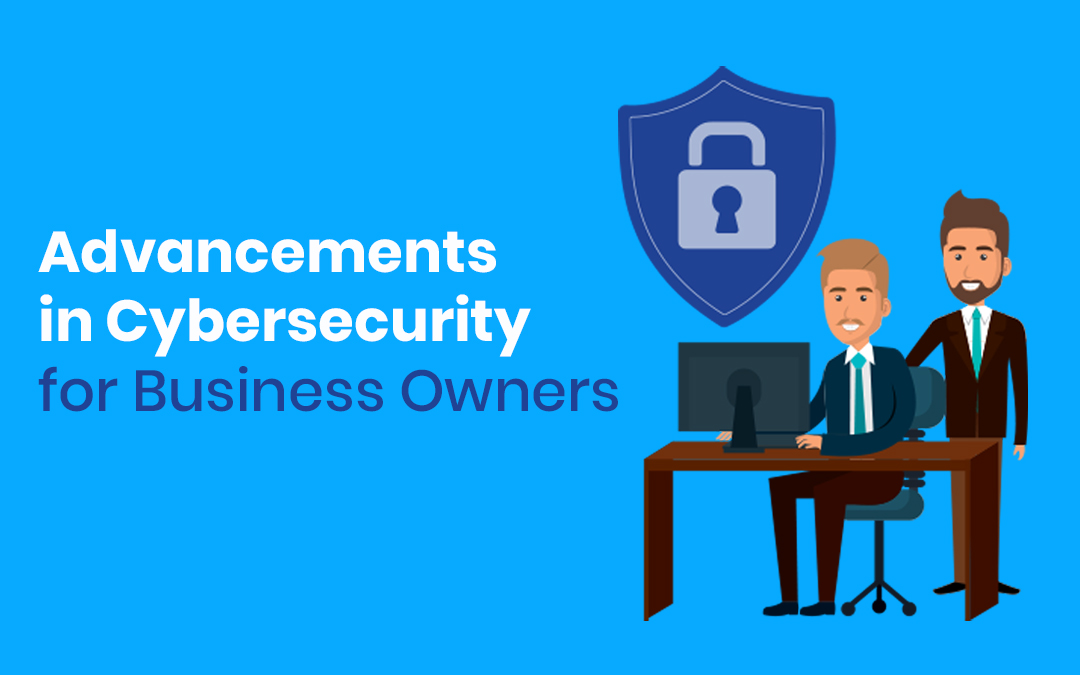
Cyber threats compromise data, disrupt operations, and damage reputations—business owners must implement advanced cybersecurity measures to safeguard sensitive information and maintain customer trust.
Understanding the latest advancements in cybersecurity helps protect valuable digital assets and reduces the risk of breaches and attacks. Recent cybersecurity solutions are crucial for businesses of all sizes, from startups to large corporations.
Artificial Intelligence and Machine Learning
AI and ML monitor network activity to identify unusual behavior that could indicate a cyberattack. These technologies analyze vast amounts of data in real-time, helping detect threats before they escalate. By learning typical user behavior patterns, AI-powered systems can spot deviations and respond swiftly, reducing the risk of breaches.
AI-powered threat detection reduces response time and allows for proactive security measures. Machine learning algorithms continue to improve as they analyze more data, making them increasingly effective at detecting sophisticated cyberattacks, including those that evade traditional security measures.
Automation of Security Processes
AI can also automate routine security tasks, such as monitoring for vulnerabilities and managing software updates. Automating these processes ensures consistent implementation of security measures, reduces the workload on IT teams, and minimizes the risk of human error, a common factor in cyber incidents.

Zero Trust Security Framework
Unlike traditional security models, which rely on perimeter defenses, Zero Trust assumes that threats can originate inside and outside the network.
Zero Trust requires verification for every access request, whether it comes from inside or outside the organization. This approach prevents unauthorized access and limits lateral movement within the network, reducing potential damage if an attacker gains entry. Employing multi-factor authentication (MFA) and identity and access management (IAM) solutions are critical components of a Zero-Trust architecture.
Segmentation and Least Privilege Access
Network segmentation involves dividing the network into smaller sections, making it difficult for attackers to move freely if they gain access. Least privilege access limits users to the minimum levels of access needed to perform their jobs, reducing the potential impact of compromised credentials.
Cloud Security Advancements
Advancements in cloud security technology offer new methods to protect data and applications in the cloud. Businesses are now implementing digital asset cloud storage to ensure the security and accessibility of critical data.
This approach allows organizations to benefit from scalable storage solutions while reducing the risk of data loss. Moreover, cloud storage providers often offer built-in security features, such as encryption and access controls, to enhance the protection of digital assets.
Encryption and Secure Access
Encrypting data both at rest and in transit is a critical measure for protecting sensitive information in the cloud. Advanced encryption technologies make it more challenging for cybercriminals to gain access to valuable data. Business owners should also ensure secure access measures, such as MFA and single sign-on (SSO), are in place to protect cloud resources.
Cloud Security Posture Management (CSPM)
Cloud Security Posture Management (CSPM) tools help businesses identify and address security misconfigurations in their cloud environments. CSPM automates cloud security monitoring and provides insights into areas that need attention. By employing CSPM, business owners can mitigate vulnerabilities before attackers exploit them.
Endpoint Security Solutions
Endpoint security is critical for protecting devices such as laptops, smartphones, and tablets, which are often used by employees to access company resources remotely.
Endpoint Detection and Response (EDR) solutions monitor endpoint activity to detect suspicious behavior and respond to potential threats in real-time. EDR tools provide insights into endpoint vulnerabilities and allow for rapid response to mitigate risks, making them essential for businesses with a remote workforce.
Mobile Device Management (MDM)
Mobile Device Management (MDM) tools help business owners maintain control over devices used for work purposes. These tools ensure that security policies are enforced on mobile devices, such as requiring password protection and encrypting data. MDM also allows for the remote wiping of data if a device is lost or stolen, reducing the risk of data breaches.
Security Awareness Training
Human error remains a significant vulnerability in cybersecurity, and employees are often the weakest link in an organization's security chain. One of the most effective ways for business owners to mitigate this risk is through security awareness training.
Creating a Security-Conscious Culture
Building a culture of security awareness within the organization makes employees more vigilant about safeguarding company data. Encouraging employees to report suspicious activity and emphasizing the importance of following security protocols are essential steps in creating a security-conscious workplace. Educating HR teams about ATS-friendly resume formatting not only improves recruitment efficiency but also minimizes the risks associated with unsecured file handling and digital applications.
Educating Employees on Cyber Risks
Regular training sessions educate employees about the latest cyber threats, such as phishing scams and social engineering attacks. Employees should be aware of common tactics used by cybercriminals and learn how to recognize suspicious emails and messages. By equipping employees with the knowledge they need, businesses can reduce the likelihood of successful attacks.
Conclusion
As cyber threats continue to evolve, business owners must stay ahead by employing the latest advancements in cybersecurity. From AI-powered threat detection to Zero Trust security frameworks, these advancements provide the tools needed to protect sensitive data and ensure business continuity.
By taking proactive steps, such as implementing cloud security measures, enhancing endpoint security, and providing security awareness training, businesses can build a strong cybersecurity foundation and reduce their vulnerability to cyberattacks.
Investing in advanced cybersecurity measures not only protects the organization's digital assets but also builds trust with customers and partners, ensuring long-term success in an increasingly digital world.
Share this post
Leave a comment
All comments are moderated. Spammy and bot submitted comments are deleted. Please submit the comments that are helpful to others, and we'll approve your comments. A comment that includes outbound link will only be approved if the content is relevant to the topic, and has some value to our readers.

Comments (0)
No comment